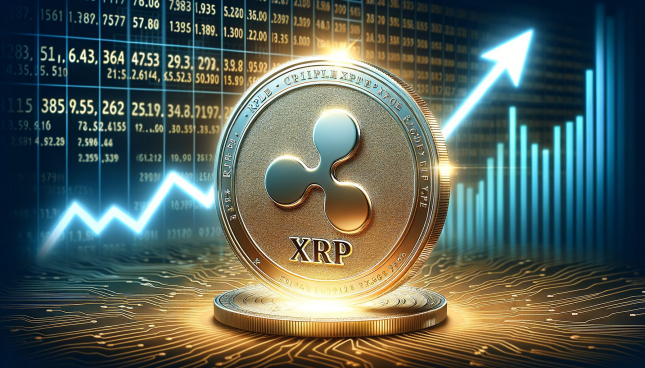
Introduction: Since its launch, XRP has attracted widespread attention in the cryptocurrency market. As a digital asset designed to optimize cross-border payments and financial services, XRP's unique features and applications make it stand out among many cryptocurrencies. This article will introduce the basic concepts, market dynamics and position of XRP in the cryptocurrency market in detail.
Basic Concepts of XRP
XRP is a cryptocurrency launched by Ripple Labs, which is designed to improve the efficiency of financial transactions. Unlike traditional cryptocurrencies, XRP does not rely on the Proof of Work (PoW) algorithm, but adopts the consensus algorithm of the Ripple protocol. This mechanism enables XRP to process a large number of transactions in a short period of time, thereby greatly increasing transaction speed and reducing transaction costs.
The core of the Ripple protocol is a decentralized consensus network, where these network nodes jointly verify transactions and maintain the integrity of the blockchain. This design enables XRP to complete transaction confirmations within seconds, which is a significant advantage over the transaction confirmation time of Bitcoin and Ethereum.
Market Dynamics of XRP
The market dynamics of XRP are affected by a variety of factors, including technological progress, market demand and regulatory environment. Since its launch, XRP has received support from multiple financial institutions and enterprises, which provides strong support for its market performance. In addition, Ripple Labs continues to improve XRP's technology to meet the changing needs of the market.
In recent years, the price of XRP has experienced significant fluctuations, which is mainly affected by market sentiment, technological development and regulatory policies. For example, Ripple Labs' cooperation projects with some large financial institutions have helped to enhance XRP's market recognition, thereby driving its price up. However, XRP also faces challenges from the regulatory side, which has an impact on its market performance.
Application scenarios of XRP
The application scenarios of XRP are mainly concentrated in the fields of cross-border payments and financial services. Traditional cross-border payments usually involve high fees and long processing cycles, while XRP's efficient transaction mechanism can significantly reduce these costs. Ripple Labs cooperates with multiple global financial institutions to use XRP to optimize its cross-border payment solutions, thereby improving payment efficiency and reducing fees.
In addition to cross-border payments, XRP is also used in other financial services such as asset transfer and liquidity management. Through cooperation with financial institutions and enterprises, the practical application of XRP continues to expand, which provides further support for its market performance.
XRP's market prospects
The market prospects of XRP depend on multiple factors, including technological innovation, market demand and regulatory environment. With the advancement of global financial technology and the growth of cross-border payment demand, XRP is expected to continue to play an important role in the market. However, investors also need to pay attention to the challenges facing XRP, such as regulatory policy uncertainty and market competition.
Overall, as an efficient digital asset, XRP has broad application potential in the financial services sector. Understanding the basic concepts and market dynamics of XRP will help investors grasp its development opportunities and make wise decisions in the market.